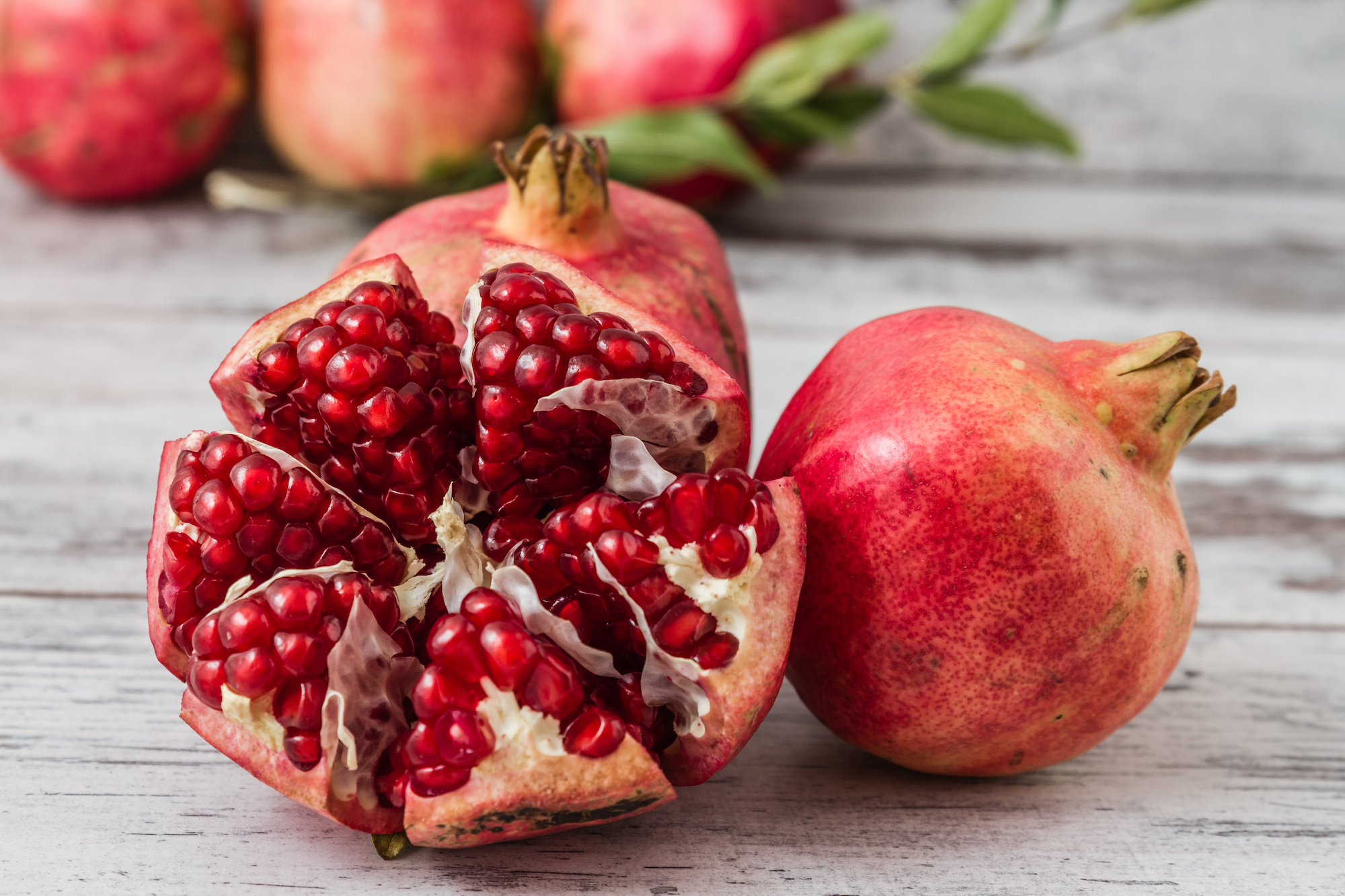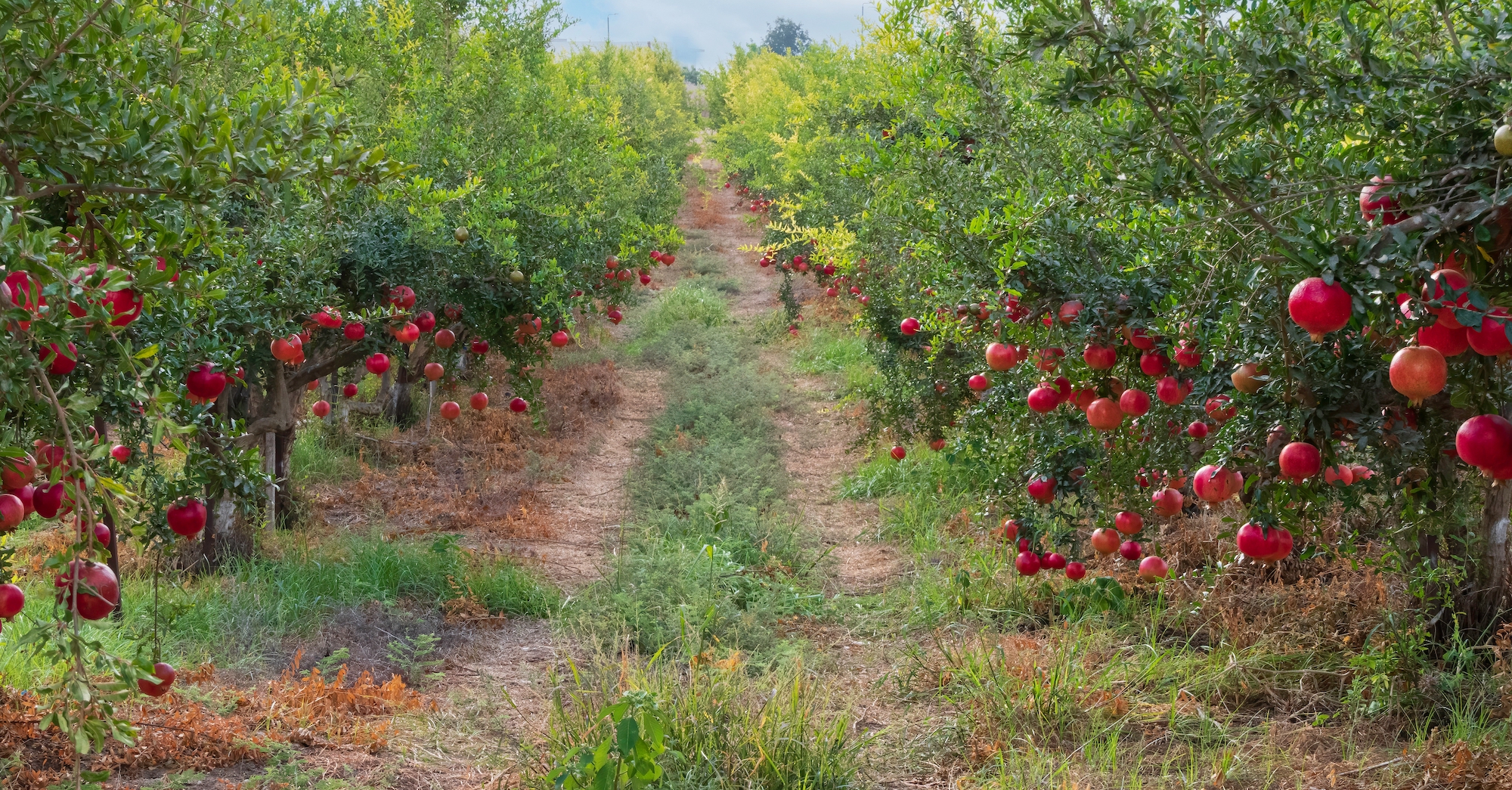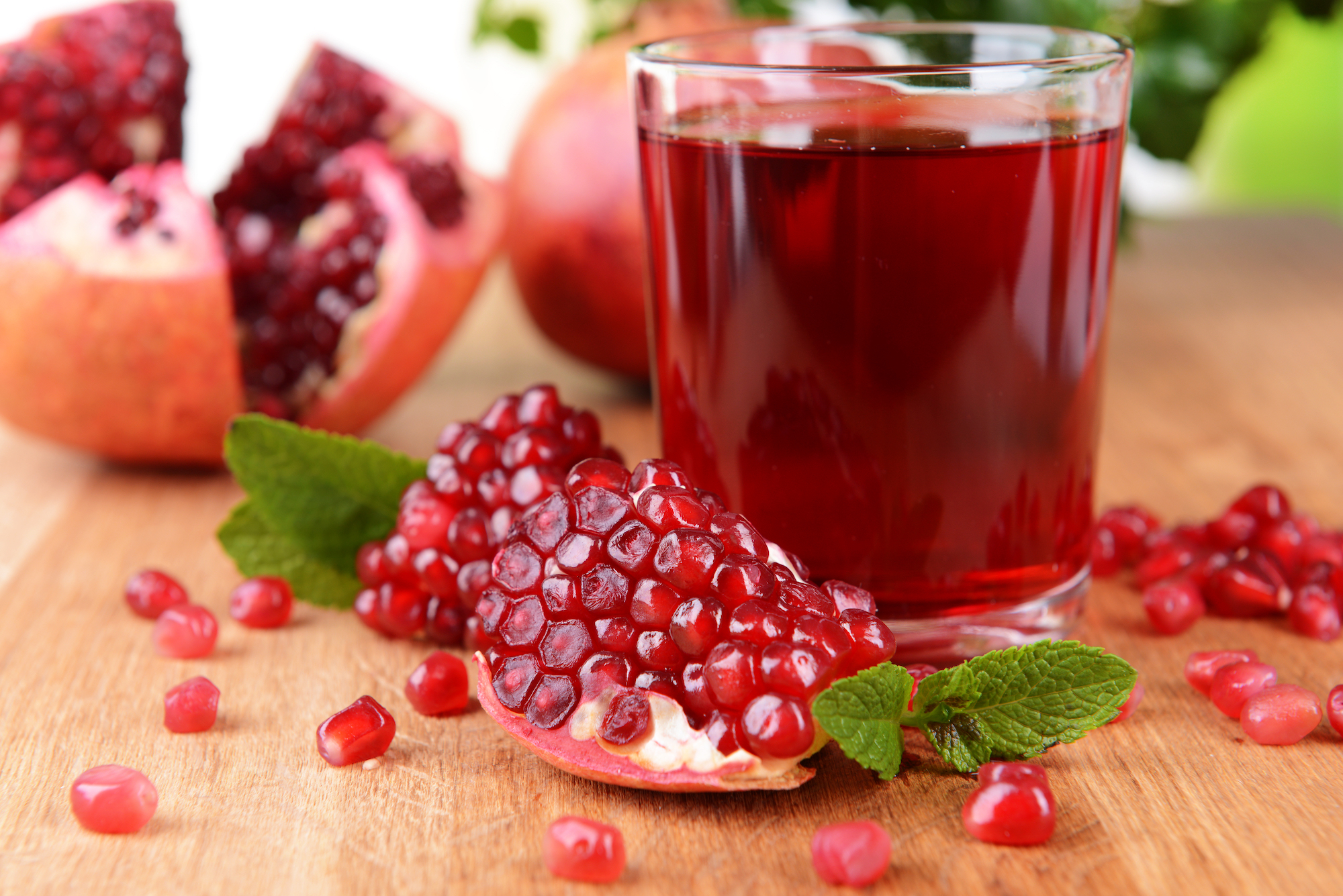Grow pomegranate trees for their colorful fruit, filled with juicy edible seeds. They are flavorful and also high in nutrition. Want to try something new? Learn how to plant, grow, and harvest pomegranates.
About Pomegranate Trees
Unlike most fruit, where we eat the flesh, pomegranates are prized for the hundreds of fruit seeds—called arils—hidden inside. They have a sweet-tart flavor, often compared to tart cherries or cranberries. They can be enjoyed fresh or made into juice or drinks.
Pomegranate trees (Punica granatum) are considered easy to grow. They are drought-tolerant and heat-loving and can live up to 200 years!
The trees thrive in warm climates (zones 8-10) like Arizona, California, and Texas. Even in areas with cold winters (zones below 8), however, pomegranates can be grown successfully by planting them in containers that can be brought indoors during freezing temperatures.
Most varieties reach about 10 feet tall and wide, but they can be kept much smaller with pruning. Pomegranate trees don’t require another variety to pollinate but will usually bear a heavier crop if they have a nearby friend.
Colorful orange-red flowers appear in spring or summer, and the fruit appears in late summer. Pomegranates are usually harvested in fall or early winter when the fruit becomes plump, and the skin develops a vibrant red color.
For centuries, pomegranates have been known for their health benefits, including the potential to reduce inflammation, lower the stress hormone cortisol, and even reduce blood pressure.














